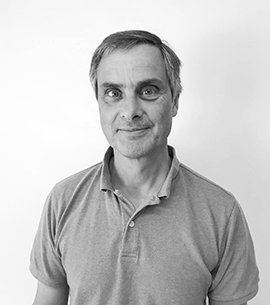Clean drinking water is a limited resource that a large part of the world's population does not have access to and virtually everywhere but in Denmark it is necessary to purify and disinfect the raw water before it can be drunk. The UN's Sixth SDG point 6.3 states that "By 2030, water quality must be improved by reducing pollution, waste dumping and minimizing the release of hazardous chemicals and materials, halving the proportion of untreated waste water and significantly increasing recycling and safe recycling everywhere".
When water is disinfected and/or purified from dangerous chemicals, such as bacteria, pesticides and medicine residues, disinfection by-products are inevitably formed which can be even more harmful than the polluting bacteria and chemicals themselves. The cleaning process itself must therefore be optimized in order to eliminate bacteria and chemical contaminants as much as possible while avoiding the formation of disinfection by-products.
As a researcher in analytical environmental chemistry, I work on the discovery of new pollutants in the environment, the construction of portable systems for continuous monitoring of water quality and with optimization of cleaning processes in connection with disinfection of water. For this I use a very special method of analysis called Membrane Inlet Mass Spectrometry (MIMS), which makes it possible both to measure the presence of many organic contaminants at very low concentrations (nM) and to carry out kinetic experiments where the degradation of the contaminants and the parallel formation of disinfection by-products can be followed simultaneously as a function of time. Today, my analytical equipment is used by many international research centres to study the chemistry behind disinfection processes.
Currently, my research is focused on optimizing the chemistry behind drinking water purification in order to avoid the undesirable formation of disinfection by-products.
